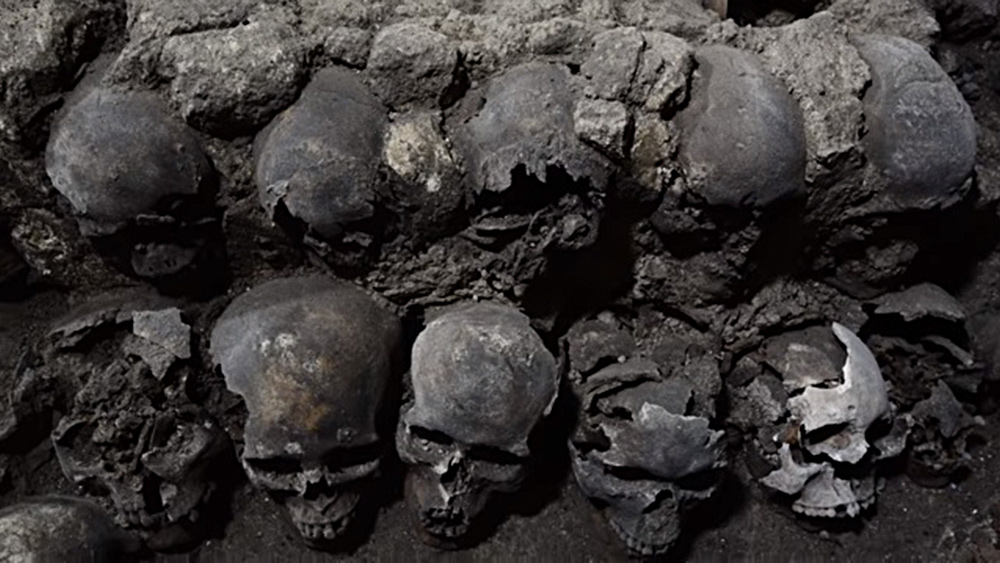On Jan. 27, 2018, an Indian man died after he was sucked into a magnetic resonance imaging (MRI) machine at Mumbai’s BYL Nair Hospital.
According to reports, 32-year-old Rajesh Maru and other members of his family were accompanying a female relative for a test. The victim’s uncle claimed that Maru was asked to carry a metal oxygen tank for his female relative, who was on oxygen support at the time. Maru was assured by the junior staff member that the machine was turned off, the uncle added.
As soon as he entered the hospital’s MRI unit, Maru was said to have flown off his feet “like a missile” and was hurled into the MRI machine’s gantry. The oxygen tank’s valve popped off and filled him with a rush of liquid oxygen. When he was finally pulled free from the machine, his brother-in-law described Maru as being “bloated like a balloon” and bleeding heavily. He was rushed to the emergency room but was declared dead on arrival. The postmortem revealed that Maru died of a collapsed lung.
Two doctors and two staff members have been arrested and charged under Section 304A in The Indian Penal Code, causing death by negligence. Just one week after the incident occurred, Maru’s severed finger was retrieved from the machine by technicians. Police have since seized the digit as evidence. (Related: California hospital fined after taking out a woman’s ovaries by accident.)
Maru’s family have said that they were being kept in the dark regarding these developments. Speaking to TimesOfIndia.IndiaTimes.com, his brother was quoted as saying: “We have carried out his last rites but the hospital authorities should have informed us about this. Our relatives made a couple of rounds of the hospital but we couldn’t meet the dean or any senior official for an update.
Many have read about the horrible incident in newspapers and are dropping in to express condolences. It is sad that no one from [Brihanmumbai Municipal Corporation] or the state has spoken to us directly.”
He added that although there have been reports of Devendra Fadnavis, Chief Minister of the state of Maharashtra, announcing a compensation of five lakh Indian Rupees (or about 7,850 U.S. Dollars) to the family, they’ve yet to see any written documents confirming this. The rest of Maru’s family are waiting for the official report to determine if they should pursue legal recourse for a higher compensation.
A brief look at MRI machines
Although MRI imaging is relatively safe for human tissue, carrying ferrous metal objects near an MRI machine can be deadly. Using large magnets, an MRI machine creates a mega-magnetic field to produce detailed images of the bodies organs. All metal objects in the same room as an MRI machine will be yanked towards the magnet. These powerful magnetic fields are why patients must first remove anything made of metal from their bodies before getting an MRI scan, and why patients with metal implants can’t get scanned.
Moreover, the most common MRI injuries are burns. Any metals left inside a patient’s body, such as the metallic pigments found in tattoos, are heated up by MRI-induced magnetic fields. This leads to the soft tissues surrounding the metal becoming singed. Older MRI machines emit loud noises that have been known to cause hearing loss in some patients.
Accidents involving MRI machines and oxygen tanks are rarer, although there have been two infamous cases prior to that of Maru’s incident. In 2014, two employees in another Mumbai hospital were trapped in an MRI machine for four hours. One of the employees suffered internal bleeding and organ damage, and was temporarily paralyzed from the waist-down. He was paid a settlement of 10 million Indian rupees (157,000 U.S. Dollars) by the machine’s maker, General Electric. In 2001, a six-year-old boy in Westchester, N.Y., was killed in the middle of an MRI scan when an oxygen tank flew towards his skull and crushed it. Eight years later, his family settled a lawsuit for 2.9 million U.S. dollars.
Go to HealthCoverage.news for more stories on hospitals and healthcare systems around the world.
Sources include:
LiveScience.com
IndiaExpress.com
TimesOfIndia.IndiaTimes.com
We will respect your inbox and privacy




















